This page gives an update on the Containment of Artemisinin Resistance in Eastern Myanmar project, which is being carried out by Population Services International (PSI), was recommended to Good Ventures by the Gates Foundation and is also being funded by the UK’s Department for International Development (DFID). Good Ventures contributed to this project as part of an effort to learn from major foundations by co-funding projects with them.
Note: This update reflects the progress of the project through May 2013.
Summary
Our last update summarized major project developments through September 2012. This page summarizes developments through May 2013.
This project aims to increase use of artemisinin-based combination therapy (ACT) to treat malaria and reduce the use of artemisinin-based monotherapy (AMT) in order to prevent the development of drug resistance.
After initial delays to the start of the project, the project, as of May 2013, appeared to be on track. It was not yet clear whether the project will be able to displace a large portion of the AMT market.
Published November 2013
Project progress
- PSI had sold 900,000 doses of ACT to its private-sector partner AA Medical Products as of March 2013. It had originally aimed to sell 1.8 million doses in the first year of the project, but as we reported in our previous update, the start of the project was delayed. Of the 900,000 doses sold to AA, half had been sold to wholesalers and retail outlets by March 2013.1
- The start of the pilot project to promote rapid diagnostic testing (RDT) among private drug providers was initially delayed. The pilot project began in April 2013.2
- We discussed in our previous update that PSI was concerned that AA Medical products had lost market share due to an incomplete ban of artemisinin-based monotherapy (AMT). PSI reports that AA has regained 60% of its former customers.3
- During a site visit in May, DFID found that AMT continued to be sold and the practice of selling partial courses of AMT also continued.4 Though importation of AMT is now banned, distribution companies are permitted to sell their current stocks and some importation may be continuing despite the ban.5 The site visit also found that some patients and providers expressed loyalty to AMTs because of familiarity, convenience, or concerns about side effects of ACTs.6
- Based on reviewing the available evidence, DFID believes that the project is unlikely to be sustainable without continued donor subsidies.7 PSI notes that supplanting AMT over the course of the project may increase the uptake of and familiarity with ACTs, which may have lasting effects on consumer demand.8
Monitoring and evaluation
In our introductory report on the project, we outlined the ways PSI planned to monitor and evaluate the project. Since that report, we have seen some early findings, based on:
- Baseline outlet survey9
- Baseline household survey10
- Baseline supply chain assessment11
- Mystery client survey for RDT pilot12
- Site visit by DFID in May 2013, which included key interviews and visits to 25 outlets13
Key findings:
- The household surveys are unlikely to be useful in evaluating whether more people used ACTs over AMTs after the project than before. This is because those surveyed in the baseline were unable to identify which type of medication they used during their most recent fever episode.14 PSI expected to use these surveys as part of its evaluation of the impact of the project.15PSI notes that, while it is true that a substantial portion of individuals failed to recall what medicines were taken, it is still possible to draw some conclusions (including change over time) based on the subset of the population that did recall their treatment regimen. Additionally, it may be feasible to draw inferences on the type of care an individual received based on the type of outlet where they sought treatment, which is more consistently recalled.16
- It should still be possible to track the progress of the project through the outlet surveys. PSI completed a baseline outlet survey in March to May 2012.17 This survey documented the availability and sales of various types of antimalarials. At baseline ACTs were 23% of the antimalarial market, oral AMTs were 32%, non-oral AMTs were 6%, and non-artemisinin therapies (particularly chloroquine) were 38%.18 PSI has shared the full methodology and results from the baseline survey.
- Prior to the start of the RDT pilot project, mystery client surveys found that 10.8% of providers offered a malaria test to customers before providing treatment prior to the start of the RDT pilot project. Data on whether the project impacted the use of RDTs are expected to be available in December 2013.19
- The May site visit found that the ACT subsidy was passed to consumers. The retail price of a dose of ACT was similar to that of a typical dose of AMT.20
Sources
| DOCUMENT | SOURCE |
|---|---|
| Chris White, PSI Myanmar, email to Good Ventures/GiveWell on November 11, 2013 | Unpublished |
| Household Survey: Baseline | Unpublished |
| Mid-Term Milestone Review (May 2013) | Source |
| Mid-year Summary of Progress (July 2013) | Unpublished |
| Outlet Survey: Baseline | Unpublished |
| Supply Chain for Antimalarials in Myanmar (October 2012) | Unpublished |
